Today I shared on Instagram my go-to sustainable cleaning swaps, and what ingredients to look out for in your cleaning products.
I think it’s a common myth that cleaning in a sustainable, “clean” way is expensive and hard to understand when in reality it can be very simple!
One of the most requested questions I get on my Instagram is what kind of cleaning products I use, and what I recommend using.
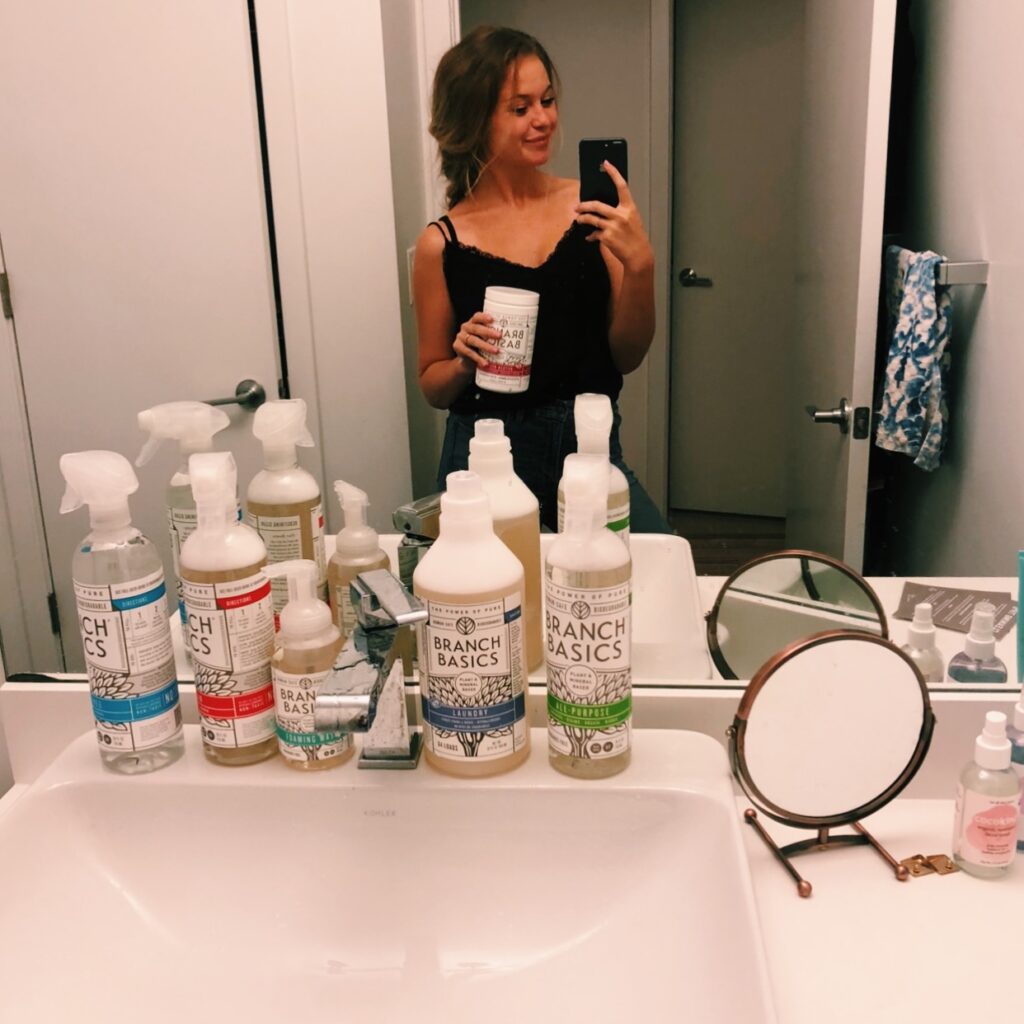
First things first, when it comes to cleaning products, they can be pretty deceiving. Just because a product touts being “natural,” doesn’t mean it is actually clean or sustainable.
Most still include fragrances which can include around 200 different chemicals including phthalates and problematic preservatives like phenoxyethanol.
What toxins should you watch out for?
There are eight main toxins that I would warn against. I will summarize them below, but if you want a great resource to look through, this article from Experience Life is good.
1. Phthalates – Found in many fragranced household products, such as air fresheners, dish soap, even toilet paper.
2. Perchloroethylene or “PERC” – Found in dry-cleaning solutions, spot removers, and carpet and upholstery cleaners.
3. Triclosan – Found in most liquid dishwashing detergents and hand soaps labeled “antibacterial.”
4. Quarternary Ammonium Compounds, or “QUATS” – Found in fabric softener liquids and sheets, most household cleaners labeled “antibacterial.”
5. 2-Butoxyethanol – Found in window, kitchen, and multipurpose cleaners.
6. Ammonia – Found in polishing agents for bathroom fixtures, sinks, and jewelry; also in glass cleaner.
7. Chlorine – Found in scouring powders, toilet bowl cleaners, mildew removers, laundry whiteners, household tap water.
8. Sodium Hydroxide – Found in oven cleaners and drain openers.
What are phthalates?
Something else to note is to be wary of products with “fragrances” in them. Due to laws (proprietary laws), brands do not have to disclose what is inside of their fragrances — same goes for products with “natural flavors.”
Chances are, if a product has “fragrances” on it, then it includes phthalates.
Despite being in many products, phthalates are pretty dangerous for humans. They hit out endocrine system and can do a lot of damage.
Although we have safeguards within our digestive tract to protect against toxins, our skin does not have the same function. This means when you touch a surface that was sprayed with a dirty cleaning product, then it gets absorbed immediately.
Here is a great article on the negative impacts phthalates can have on your thyroid. It’s an intense read, but a good one.
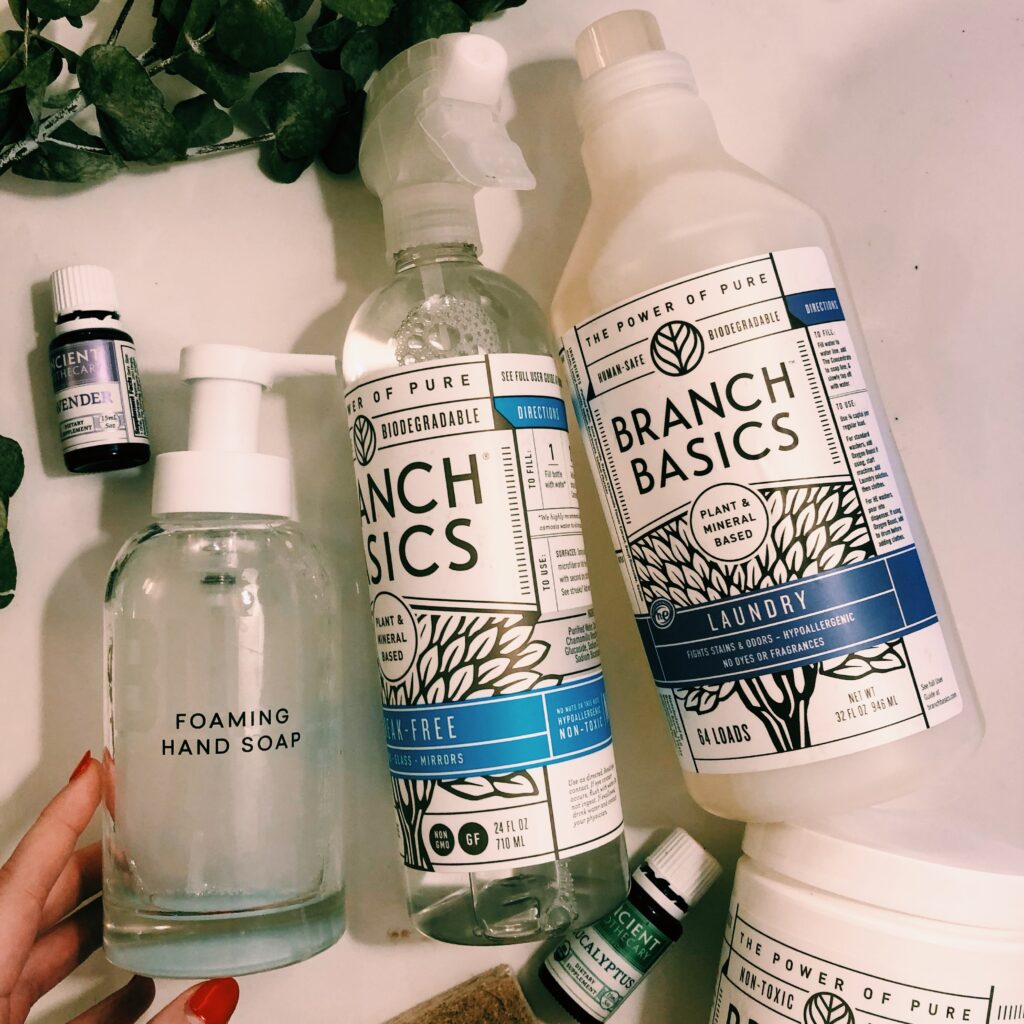
What sustainable cleaning swaps do I recommend?
The two brands I mainly use for cleaning are Branch Basics and Blueland because they are human-safe, free of parabens, phthalates, SLS, and fragrances. They are also plant and mineral-based, biodegradable, non-GMO, and not tested on animals, making them both awesome sustainable options.
I’m sure there are other awesome brands out there but these are the ones I’m loving right now.
Also, I just want to take a second to point out that sustainability doesn’t have to be something you sacrifice your entire bank account for.
When I made the conscious decision that I would try to buy more sustainable and “clean” products and items a few years ago, I made the mistake of thinking that I needed to buy everything immediately.
Thanks for reading about my favorite sustainable cleaning swaps and why I think cleaning “green” is important. As always, reach out with any questions, or suggestions.
xx Linds
P.S. Have you read my year in review yet? If not, feel free to give it a read here.
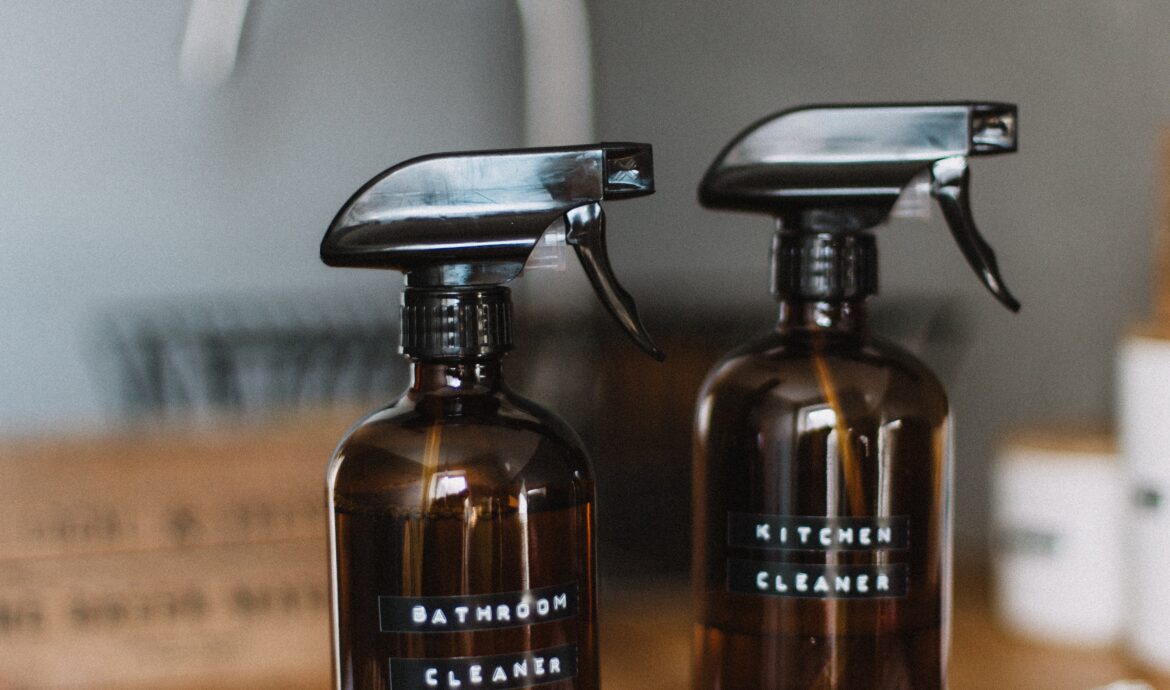
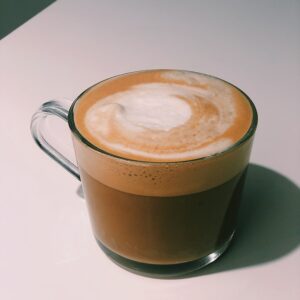

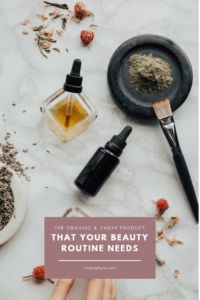
Comments are closed.